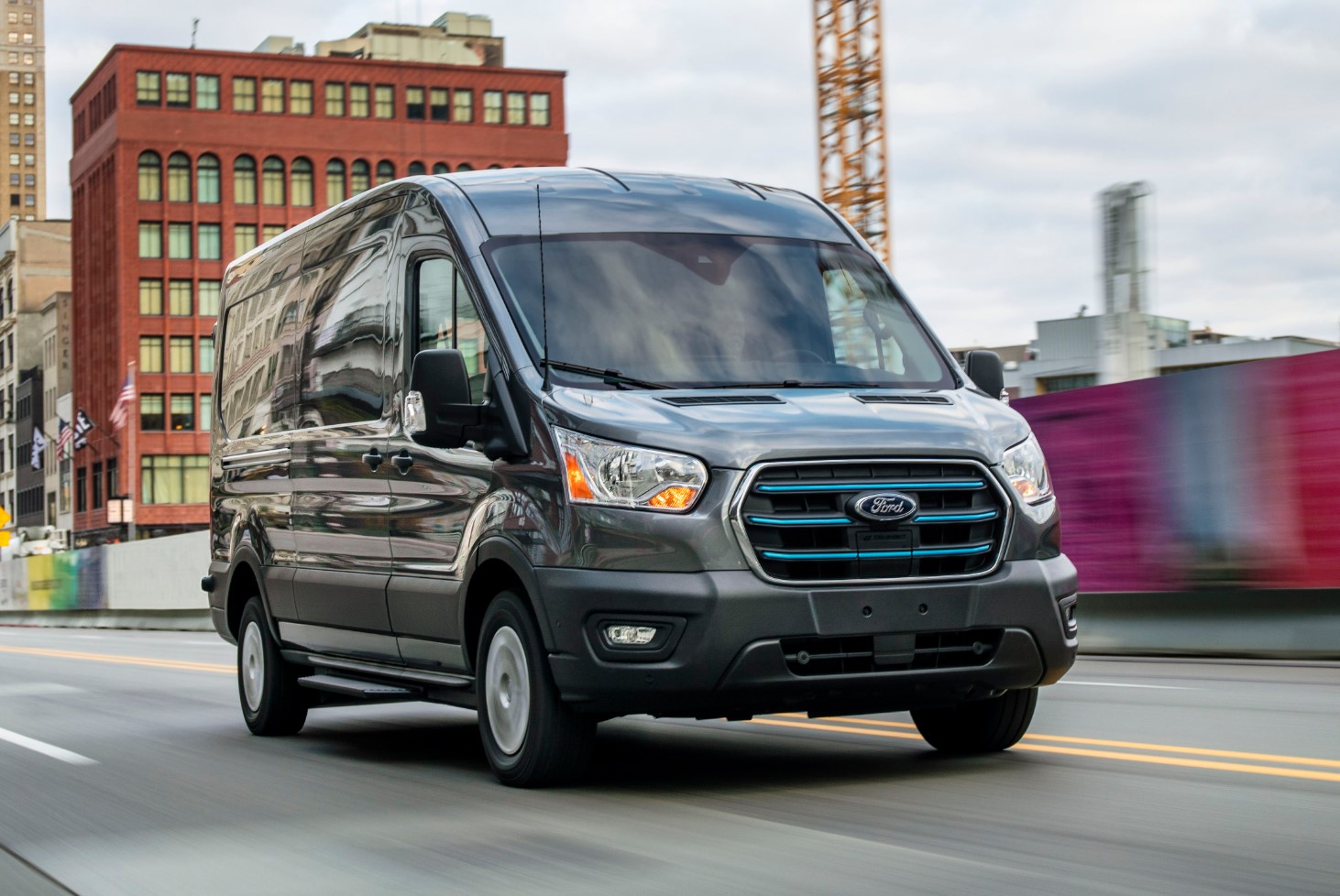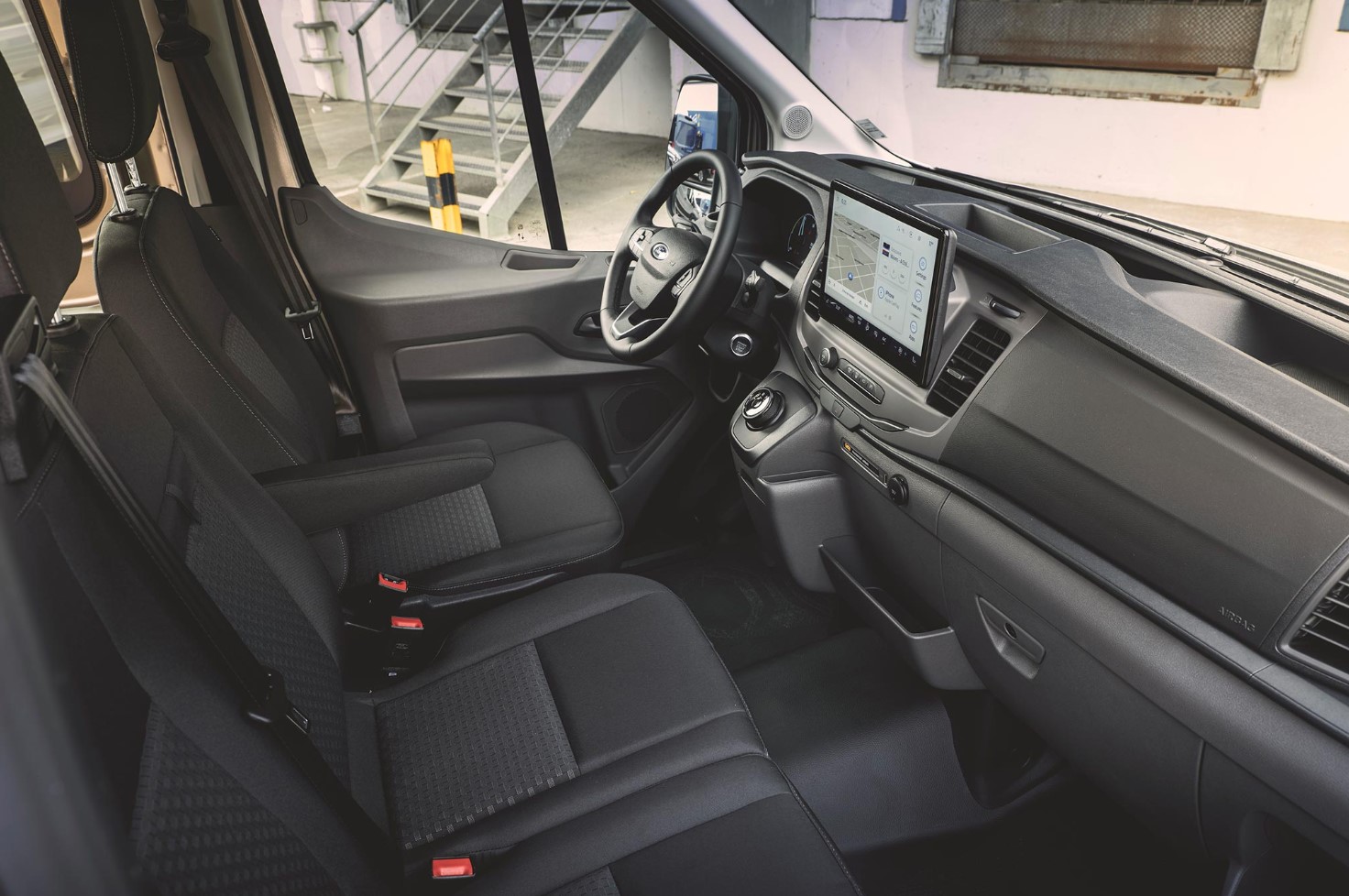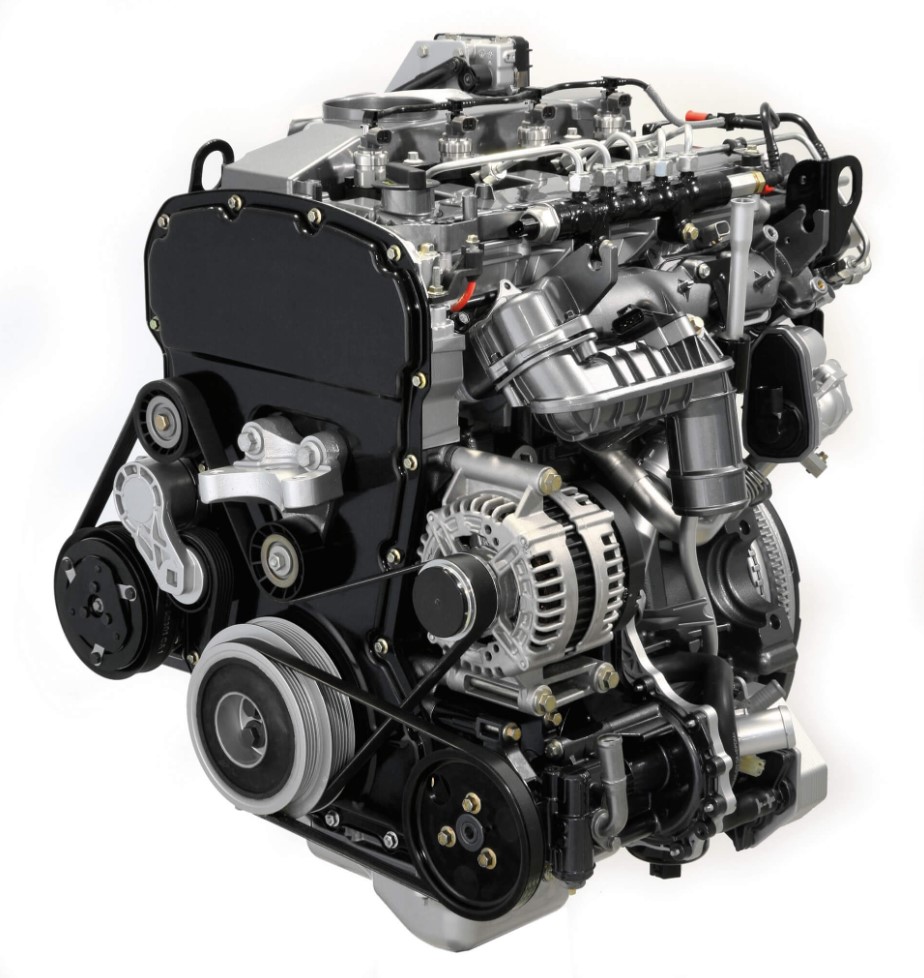2027 Ford E-Transit Review, Specs, Interior – The 2027 Ford E-Transit isn’t just a refresh—it’s a full strategic rework tailored for electric commercial dominance. Ford engineers revisited every angle of the van’s design, streamlining aerodynamics while expanding capability. The front fascia has been reshaped with a smoother grille delete, aerodynamic bumper lines, and active air flaps that balance cooling with drag reduction. The new body is built on a refined EV-only platform, purpose-built to house the upgraded battery and dual-motor architecture while keeping center of gravity low and cargo space uncompromised. 2027 Ford E-Transit Review
2027 Ford E-Transit Redesign and Update Plan
Exterior & Interior
Visually, the 2027 E-Transit wears a cleaner, more futuristic shell. Flush-mounted LED headlamps, a new rear light signature, and sculpted body cladding offer a polished, tech-savvy look that communicates its EV identity clearly. Wheel designs are optimized for airflow, ranging from basic steel for fleets to lightweight aluminum with low-resistance tires on the premium trims. The charging port is now more accessible, relocated to the front-left fender with integrated lighting for ease during night-time operations.
Inside, Ford has made major strides in modernizing the E-Transit’s cabin. A 13.2-inch SYNC 5 infotainment touchscreen dominates the center stack, surrounded by updated HVAC controls and a completely digital instrument cluster. Wireless Android Auto and Apple CarPlay come standard, along with Ford Pro telematics tools pre-integrated into the system. Materials used in the interior are work-grade but smartly finished—with durable cloth seating, antimicrobial surfaces, and stain-resistant floors designed to stand up to high use.
The seating layout is still utilitarian but now includes enhanced lumbar support, optional heated seats, and additional under-seat storage. USB-C ports, a wireless charging pad, and expanded cupholder areas cater to driver convenience. A new flat load-through front-passenger seat enables easy access between cab and cargo zone. The improved visibility from revised mirror placement and higher-seating position improves safety for urban driving. It’s a no-nonsense cabin built to support productivity without sacrificing technology.
Ford has enlarged the E-Transit’s sliding side doors and rear swing doors, enhancing access for delivery-intensive businesses. Roof height options remain, with low, medium, and high-roof variants, but the wheelbase has been extended slightly for better load distribution and rear suspension geometry. Load floors now sit lower due to a revised battery configuration, making cargo operations easier for workers. The chassis uses high-strength steel with reinforced zones to increase durability without raising vehicle weight.
Advanced updates to the Pro Power Onboard system transform the 2027 E-Transit into a mobile energy hub. Businesses can now plug in tools, lights, and equipment directly into the upgraded 9.6-kW onboard power source. Fleet operators benefit from over-the-air (OTA) diagnostics and Ford Pro integration, while fleet scheduling tools and real-time location mapping ensure businesses stay lean, connected, and efficient in every city they serve.
2027 Ford E-Transit Specs
Engine & Performance
The 2027 E-Transit finally offers what the segment has long demanded: more power, longer range, and optional all-wheel drive. Ford is introducing two battery sizes—an entry-level 89 kWh pack and an extended-range 123 kWh unit. The standard version pushes 266 horsepower and 317 lb-ft of torque to the rear wheels, while the AWD dual-motor setup delivers a combined 410 horsepower and 450 lb-ft of torque. Acceleration is brisk for a van, clocking 0–60 mph in under 6.5 seconds for the AWD model.
The E-Transit’s new liquid-cooled battery system supports faster DC fast charging, topping up from 15% to 80% in just 34 minutes with a 150-kW charger. Ford’s latest EV thermal management ensures consistent performance under heavy loads, even during hot summers or freezing winter mornings. For urban logistics, regenerative braking offers three customizable levels, including one-pedal driving that significantly reduces brake wear and driver fatigue in stop-and-go scenarios.
Payload and towing capacities have also been improved. The high-roof extended model now handles up to 4,500 lbs of payload and tows up to 7,000 lbs when properly equipped. Suspension geometry has been recalibrated for better stability, with independent rear suspension improving handling and ride comfort. The 2027 E-Transit may be a van, but it moves with the confidence of a high-torque utility truck—quietly and cleanly.
2027 Ford E-Transit Fuel Economy
The 2027 Ford E-Transit is not just greener—it’s also smarter financially. With the new battery sizes, the standard-range model achieves an estimated 160 miles of real-world range, while the extended version delivers up to 248 miles per charge—perfect for urban and regional delivery circuits. Fleet operators will appreciate the energy cost savings, with Ford estimating a 40% drop in total fuel cost compared to gas-powered Transits over a 5-year usage window.
Maintenance costs are also lower, thanks to fewer moving parts in the electric drivetrain and predictive maintenance alerts sent directly through Ford Pro’s software interface. Businesses with large fleets can take advantage of volume-based discounts and Ford’s charging infrastructure rollout plan, which includes depot installation assistance and overnight charging management systems to avoid peak rates. 2027 Ford E-Transit Review
2027 Ford E-Transit Safety Features
Ford loaded the 2027 E-Transit with safety tech that rivals any modern SUV. The standard Ford Co-Pilot360 suite now includes intelligent adaptive cruise control with stop-and-go, lane-centering assist, evasive steering assist, and a 360-degree camera system with split-view. Blind-spot monitoring and cross-traffic alert are tuned for long vehicles, giving drivers peace of mind when navigating tight alleys or reversing from delivery docks.
New this year is “SafeZone Pro,” a package that includes pedestrian and cyclist detection in busy urban settings using an AI-enhanced sensor array. This system anticipates movement and warns the driver before a collision becomes imminent. For businesses, safety extends to liability—so Ford has also introduced an in-cabin camera with privacy-safe AI monitoring for driver fatigue and distraction detection, ensuring the van stays under control during long hours behind the wheel.
Rear automatic braking, forward collision mitigation with intersection assist, and automated parking round out the comprehensive safety suite. The E-Transit’s structure has also been redesigned with reinforced EV battery shielding and crash-absorbing subframe components. The result is a van that’s not only compliant with upcoming Euro NCAP and IIHS standards—it’s a top-tier protector for both drivers and cargo.
2027 Ford E-Transit Release Date & Price
Pricing starts at $51,000 for the base low-roof rear-wheel-drive configuration with the standard battery. The high-roof extended AWD variant with all options and Pro Power Onboard tops out around $73,000 before incentives. Ford has confirmed that the 2027 E-Transit will begin production in Q2 2026, with customer deliveries beginning by Q4 2026 across North America and select global markets. Reservation banks open early in Q1 with priority access for current Ford Pro fleet clients.
Conclusion
The 2027 Ford E-Transit is more than just a commercial EV van—it’s a bold step forward for sustainable fleet solutions. With powerful new drivetrains, smarter tech integration, increased payload capacities, and refined ergonomics, Ford delivers a van that works harder, lasts longer, and drives cleaner. Designed with fleet managers, delivery drivers, and tradespeople in mind, the new E-Transit stands as a benchmark in electrified commercial mobility. 2027 Ford E-Transit Review


